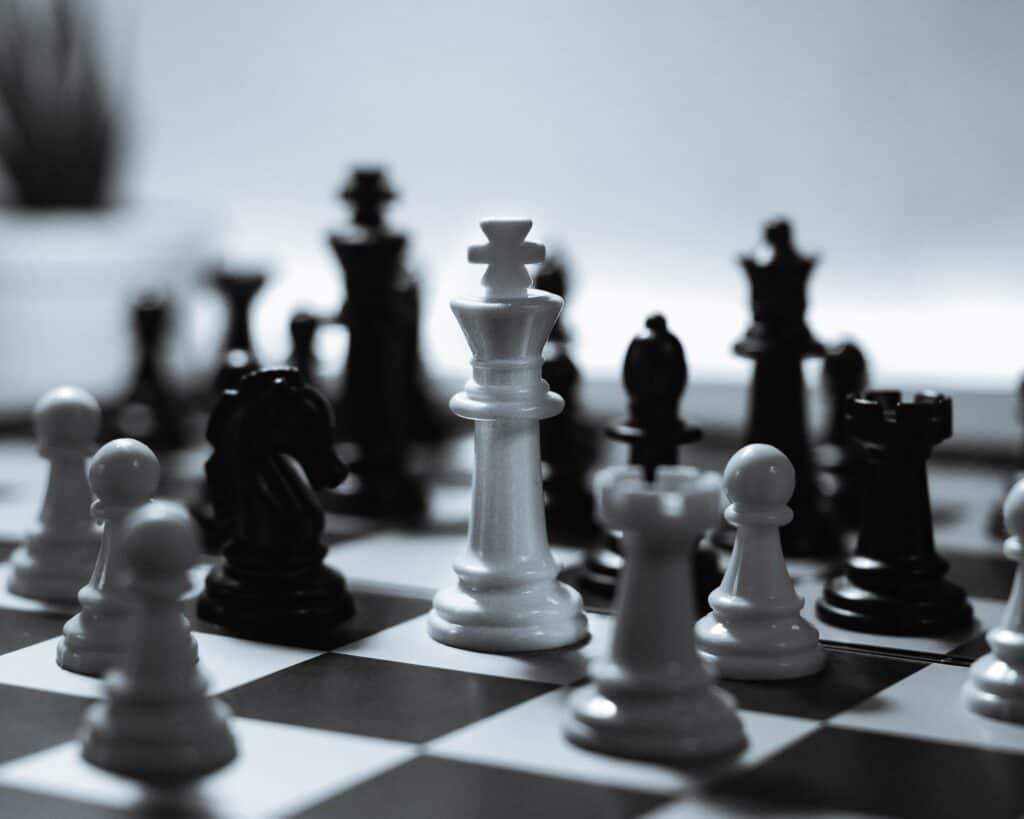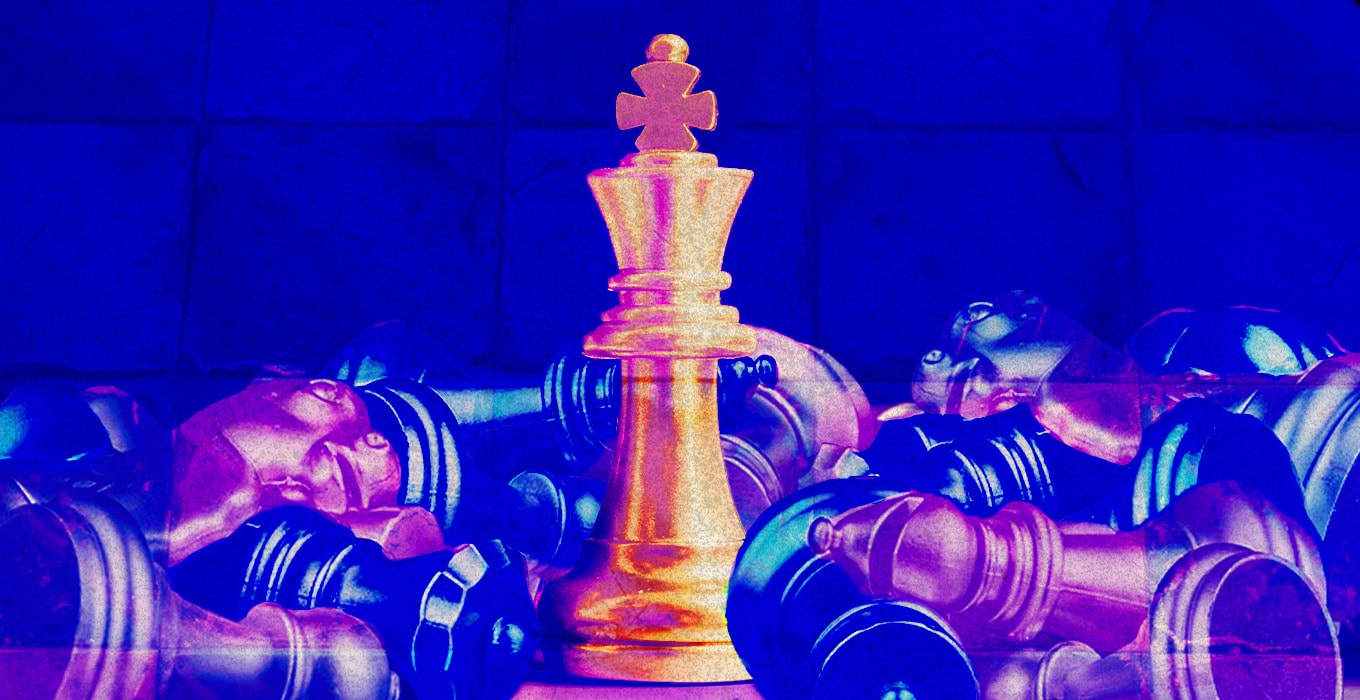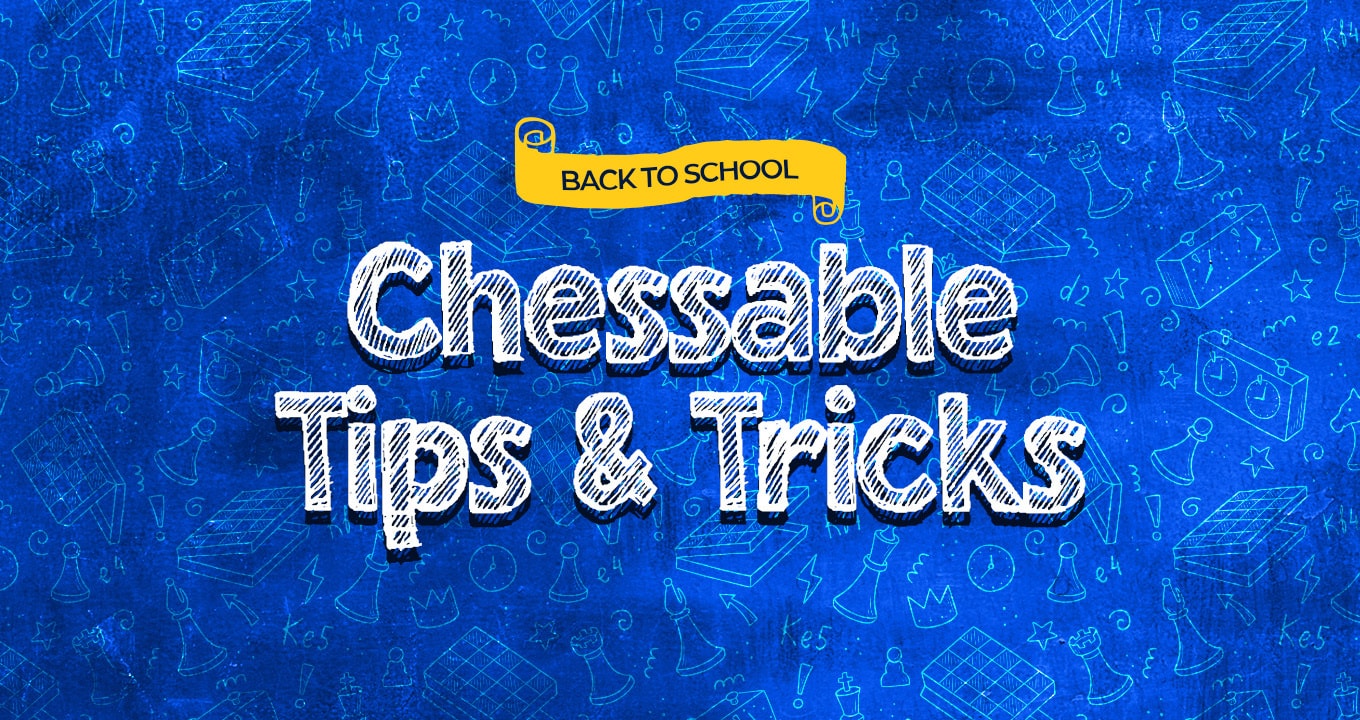We are delighted to present a new guest post by Grandmaster Alex Colovic.
As always, Alex tackles an unusual subject with honesty and style, challenging conventional wisdom to encourage independent thinking.

Repetition of Moves
In this post I would like to share my views on a theme that is quite common in nearly every game of tournament chess, namely the repetition of moves.
First let me say that with the modern time controls that add time after every move a repetition is almost always a welcome method to accumulate time and get closer to the time control. This is obvious. I would, however, like to talk about the psychological aspect of the repetition of moves in advantageous positions.
Confusing Advice
In the old books it was generally considered that a repetition of moves is a good thing. The authors wrote that it helped clarify the position, add pressure on the opponent and get closer to move 40. I always found this advice confusing.
In fact, for me, it was exactly the opposite. The repetition never helped me clarify the position, because there were two positions to think about, the one on the board and the one after the first move. It took me even more time to try to see if the position on the board or the one after the first move offered more chances, hence I was more likely to end up in time trouble. Even with today’s 30-second increment I usually spend more time than I accumulate when I search for options.

Pressure
As for the alleged pressure, I actually felt more pressure myself. For some reason I have always felt that when I repeat the moves I give away the impression that I have no idea what to do next. This made me feel embarrassed because that was true in most cases! As if the option to repeat the moves broke my usual rhythm of playing the game and now I was stuck with a repetition as a dead-end.
I have always believed that the game should be played straightforwardly if one sees a clear way ahead. I don’t recall an example of Bobby Fischer, for example, ever repeating moves.
It is similar when opponents in advantageous position repeated moves against me. I found it a relief that I can make the moves fast and in fact I felt I was putting pressure on them, because I thought they didn’t know what they were doing!
Flohr-ed Thinking…?
But this is just me. There are people who enjoy repeating moves. It gives them a sense of superiority, as if playing a game of cat-and-mouse with a helpless opponent who can do nothing but play by their tune. They enjoy their position and consider the repetition as their advantage in a sense that they can do whatever they want. I am sure the players a-la Salo Flohr whose examples are often cited in the old books have felt like this.
What I realised after these considerations is that there is no single recipe when it comes to repetition of moves. For me, I discovered that unless I need the time to reach move 40 the repetition harms my decision-making process. The bottom line is that every player should think about these things and decide what to do when an opportunity to repeat moves occurs. But in order to do that he or she should be fully aware of the effects a possible repetition can have on both players.
I hope that with these ideas I have managed to shed some light on the inner game that takes place when moves are repeated.
Further Reading
Thank you, Alex, for another very thought-provoking post.
Readers can find more excellent and instructive articles on Alex’s official website.
Click here to find Alex’s Chessable course and here for our Chessable interview.




